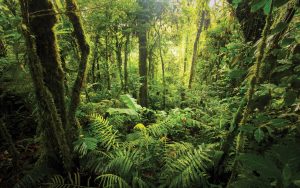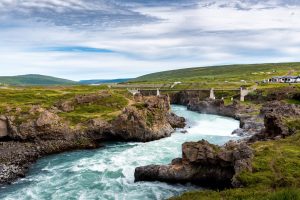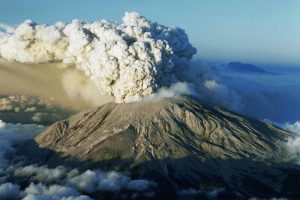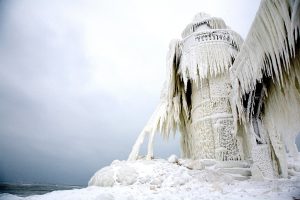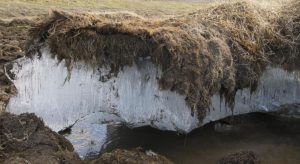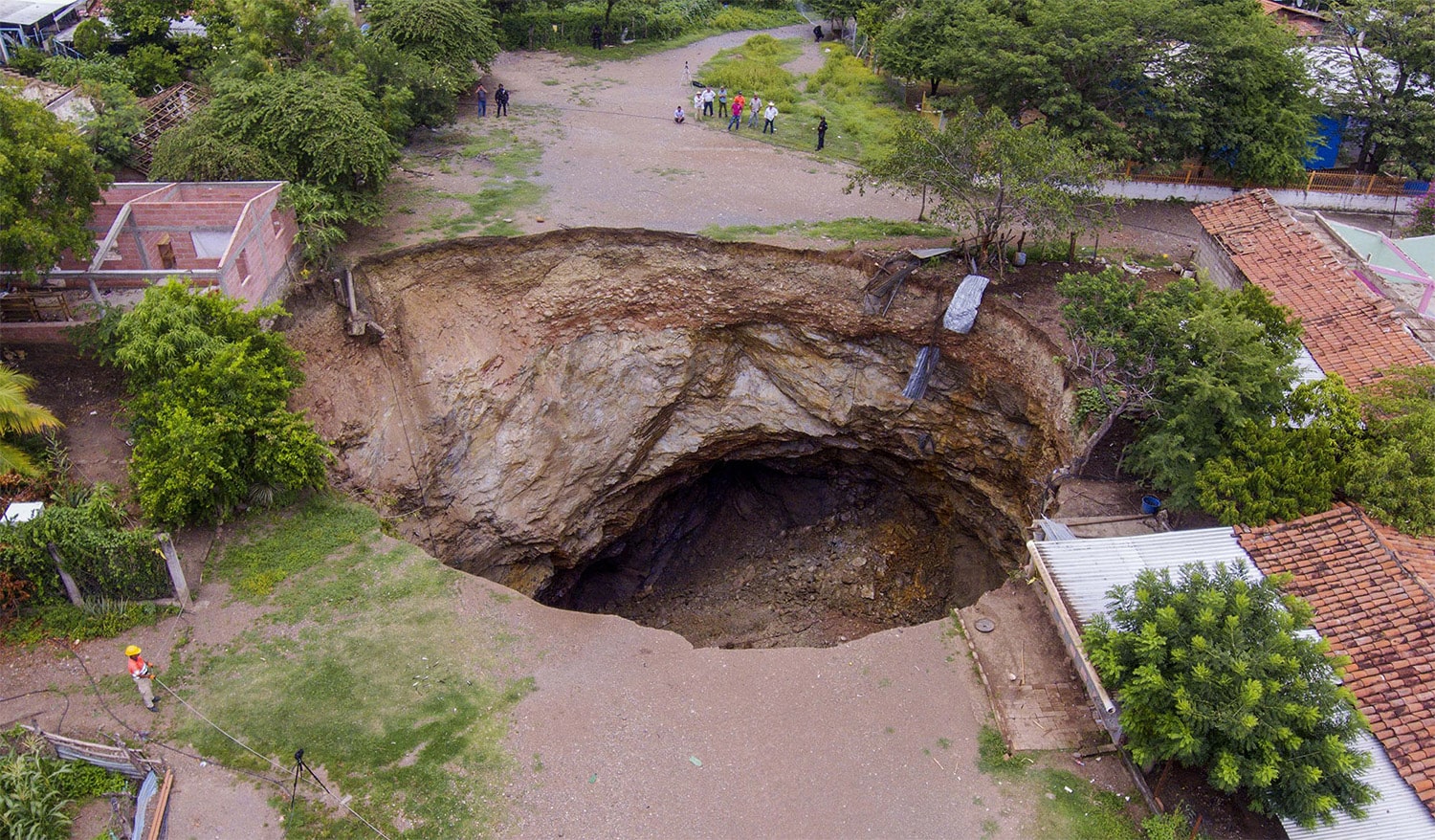
31 interesting facts about sinkholes
- 👁️ 1432
Sinkholes are one of nature’s most intriguing and sometimes devastating phenomena. They occur worldwide and vary greatly in size and impact, from small depressions in the earth to massive chasms that can swallow buildings whole. Sinkholes are not only geological marvels but also serve as a reminder of the dynamic and ever-changing nature of the planet’s surface. Their formation can be gradual or sudden, posing significant risks to communities, infrastructure, and natural landscapes. Let’s explore some fascinating and informative facts about sinkholes, shedding light on their formation, types, and notable occurrences.
- Sinkholes primarily form in areas with soluble rock layers like limestone, dolomite, and gypsum, which can be dissolved by groundwater.
- There are three main types of sinkholes: dissolution, cover-subsidence, and cover-collapse.
- Dissolution sinkholes occur when rock is exposed and directly dissolved by acidic water.
- Cover-subsidence sinkholes form gradually, where sediments slowly fill a cavity in the underlying rock, creating a depression on the surface.
- Cover-collapse sinkholes can develop abruptly, often resulting in significant damage; these occur when an underground cavity becomes too large to support the weight of the earth above it.
- The Dead Sea sinkholes are caused by the rapid evaporation of water, leading to the collapse of underground salt layers.
- Florida, USA, is particularly prone to sinkholes due to its geology, consisting largely of porous carbonate rocks.
- The largest sinkhole in the world is the Qattara Depression in Egypt, covering an area of approximately 19,605 square kilometers.
- Sinkholes can form as a result of natural processes or human activities such as mining, drilling, or excessive groundwater withdrawal.
- In 2010, a massive sinkhole in Guatemala City swallowed a three-story building, illustrating the potential danger of urban sinkholes.
- Some sinkholes fill with water, creating natural ponds or lakes.
- China’s Tiankengs are enormous sinkholes, some of which are over 600 meters deep.
- Sinkholes have been used by ancient civilizations for various purposes, including as water sources, for rituals, and as burial sites.
- The term “sinkhole” is used in the United States, while in other parts of the world, they may be called “swallow holes,” “cenotes,” or “dolines.”
- The formation of a sinkhole is often preceded by signs such as cracks in the ground or buildings, doors and windows that no longer close properly, and the appearance of circular patches of wilting vegetation.
- The Blue Hole in Belize is a famous underwater sinkhole that is a popular spot for scuba diving.
- Karst terrain, characterized by underground drainage systems with sinkholes and caves, covers about 10% of the Earth’s surface.
- In 2013, a man in Florida disappeared into a sinkhole that opened suddenly beneath his bedroom.
- Some sinkholes are stable and do not change much after their initial formation, while others may continue to expand over time.
- The Zacatón sinkhole in Mexico is the deepest water-filled sinkhole in the world, with a depth of over 339 meters.
- Sinkholes that occur in the ocean are known as “blue holes” due to their deep blue color compared to the surrounding shallower waters.
- The presence of sinkholes is often a critical factor in urban planning and development, especially in regions where they are common.
- Researchers use ground-penetrating radar and other technologies to detect potential sinkholes before they collapse.
- The formation of some sinkholes can be prevented or mitigated by managing groundwater withdrawal and land use practices.
- Sinkholes can reveal archaeological and paleontological treasures hidden for thousands of years.
- Some people intentionally create small sinkholes for storing rainwater in regions where natural water sources are scarce.
- In some cultures, sinkholes are considered sacred or have spiritual significance.
- The occurrence of sinkholes has been documented and studied since ancient times, but their unpredictability still poses challenges for scientists and communities.
- Sinkholes can affect the quality and flow of groundwater, impacting local water supplies.
- The exploration of submerged sinkholes and caves has contributed to our understanding of underwater ecosystems.
- Climate change and changing land use patterns may influence the frequency and distribution of sinkholes.
Sinkholes are a powerful reminder of the Earth’s inner workings and the influence of both natural processes and human activities on the landscape. They capture our imagination with their mysterious beauty and serve as natural laboratories for scientific research. While sinkholes can pose significant risks, understanding their formation and monitoring susceptible areas can help mitigate their impact. As we continue to explore and study these fascinating geological features, we gain valuable insights into the planet’s past, present, and future.

